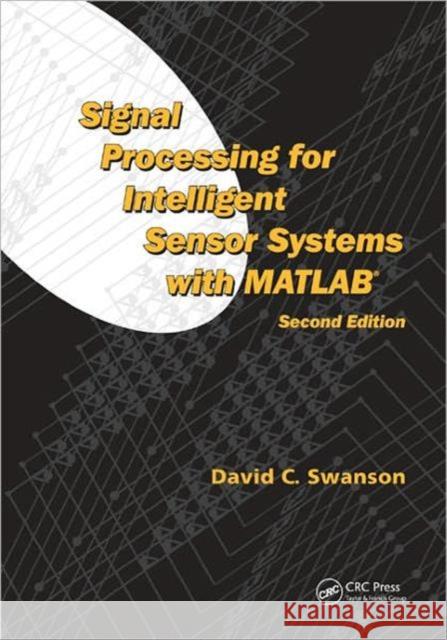Signal Processing for Intelligent Sensor Systems with MATLAB » książka
Signal Processing for Intelligent Sensor Systems with MATLAB
ISBN-13: 9781420043044 / Angielski / Twarda / 2011 / 683 str.
Signal Processing for Intelligent Sensor Systems with MATLAB
ISBN-13: 9781420043044 / Angielski / Twarda / 2011 / 683 str.
(netto: 948,43 VAT: 5%)
Najniższa cena z 30 dni: 982,29
ok. 22 dni roboczych
Dostawa w 2026 r.
Darmowa dostawa!
Signal Processing for Intelligent Sensors with MATLAB(r), Second Edition once again presents the key topics and salient information required for sensor design and application. Organized to make it accessible to engineers in school as well as those practicing in the field, this reference explores a broad array of subjects and is divided into sections: Fundamentals of Digital Signal Processing, Frequency Domain Processing, Adaptive System Identification and Filtering, Wavenumber Sensor Systems, and Signal Processing Applications.
Taking an informal, application-based approach and using a tone that is more engineer-to-engineer than professor-to-student, this revamped second edition enhances many of the features that made the original so popular. This includes retention of key algorithms and development methodologies and applications, which are creatively grouped in a way that differs from most comparable texts, to optimize their use.
New for the Second Edition:
- Inclusion of more solved problems
- Web access to a large collection of MATLAB(r) scripts used to support data graphs presented throughout the book
- Additional coverage of more audio engineering, transducers, and sensor networking technology
- A new chapter on Digital Audio processing reflects a growing interest in digital surround sound (5.1 audio) techniques for entertainment, home theaters, and virtual reality systems
- New sections on sensor networking, use of meta-data architectures using XML, and agent-based automated data mining and control
Serving dual roles as both a learning resource and a field reference on sensor system networks, this book progressively reveals digestible nuggets of critical information to help readers quickly master presented algorithms and adapt them to meet their requirements. It illustrates the current trend toward agile development of web services for wide area sensor networking and intelligent processing in the sensor system networks that are employed in homeland security, business, and environmental and demographic information systems.
Building on the unique features that made the first edition a bestseller, this second edition includes additional solved problems and web access to the large collection of MATLAB⢠scripts that are highlighted throughout the text. The book offers expanded coverage of audio engineering, transducers, and sensor networking technology. It also includes new chapters on digital audio processing, as well as acoustics and vibrations transducers. The text addresses the use of meta-data architectures using XML and agent-based automated data mining and control. The numerous algorithms presented can be applied locally or network-based to solve complex detection problems.











